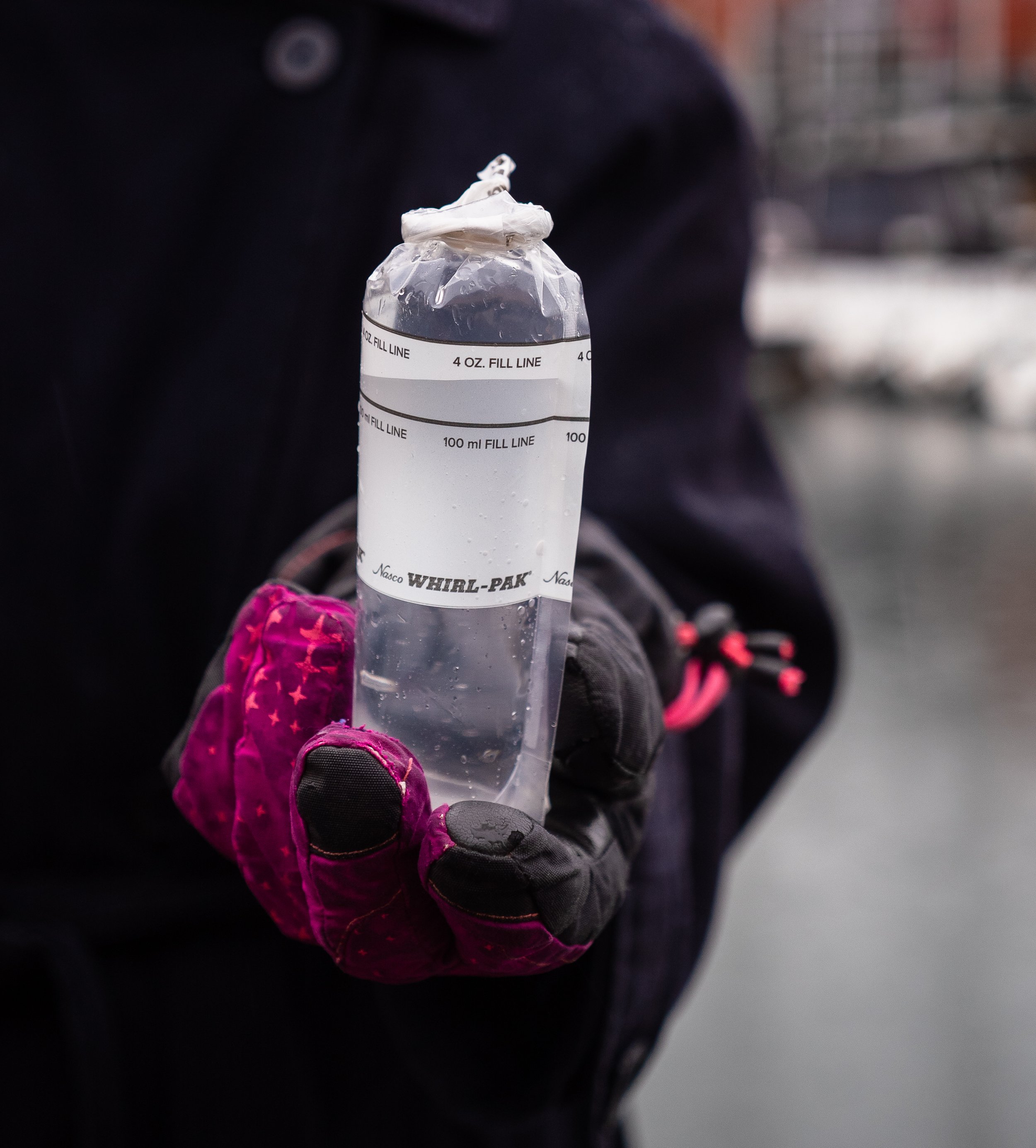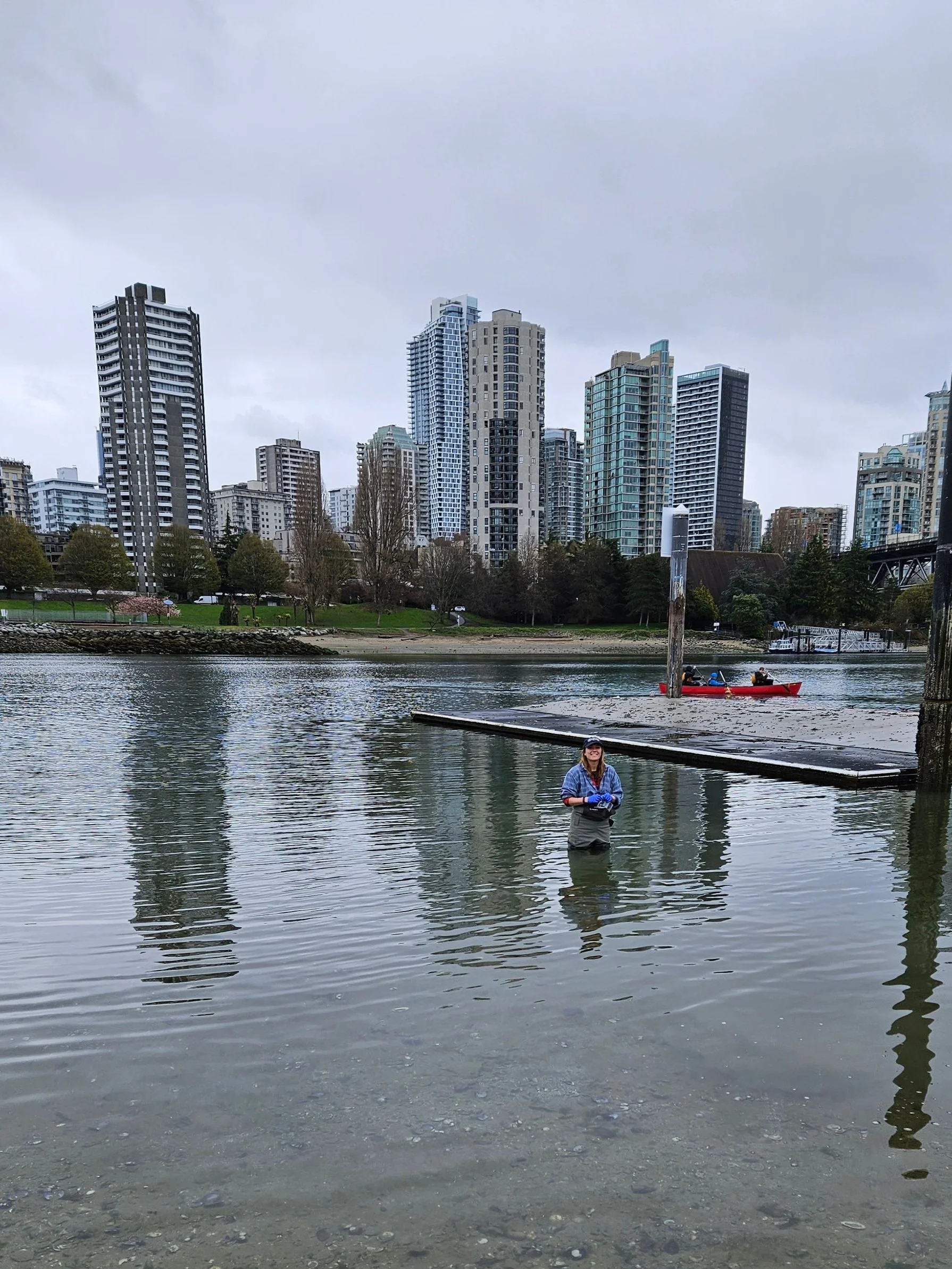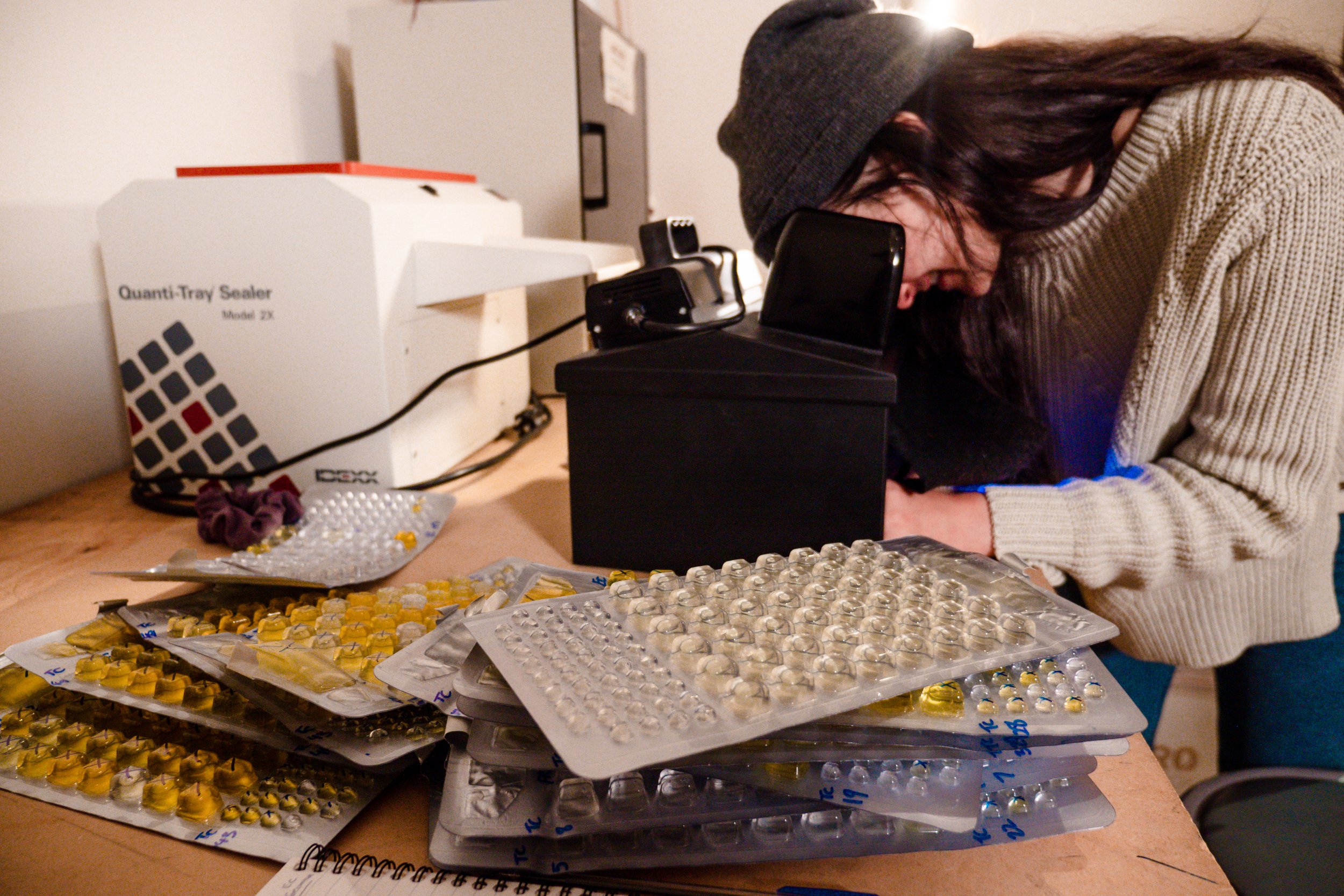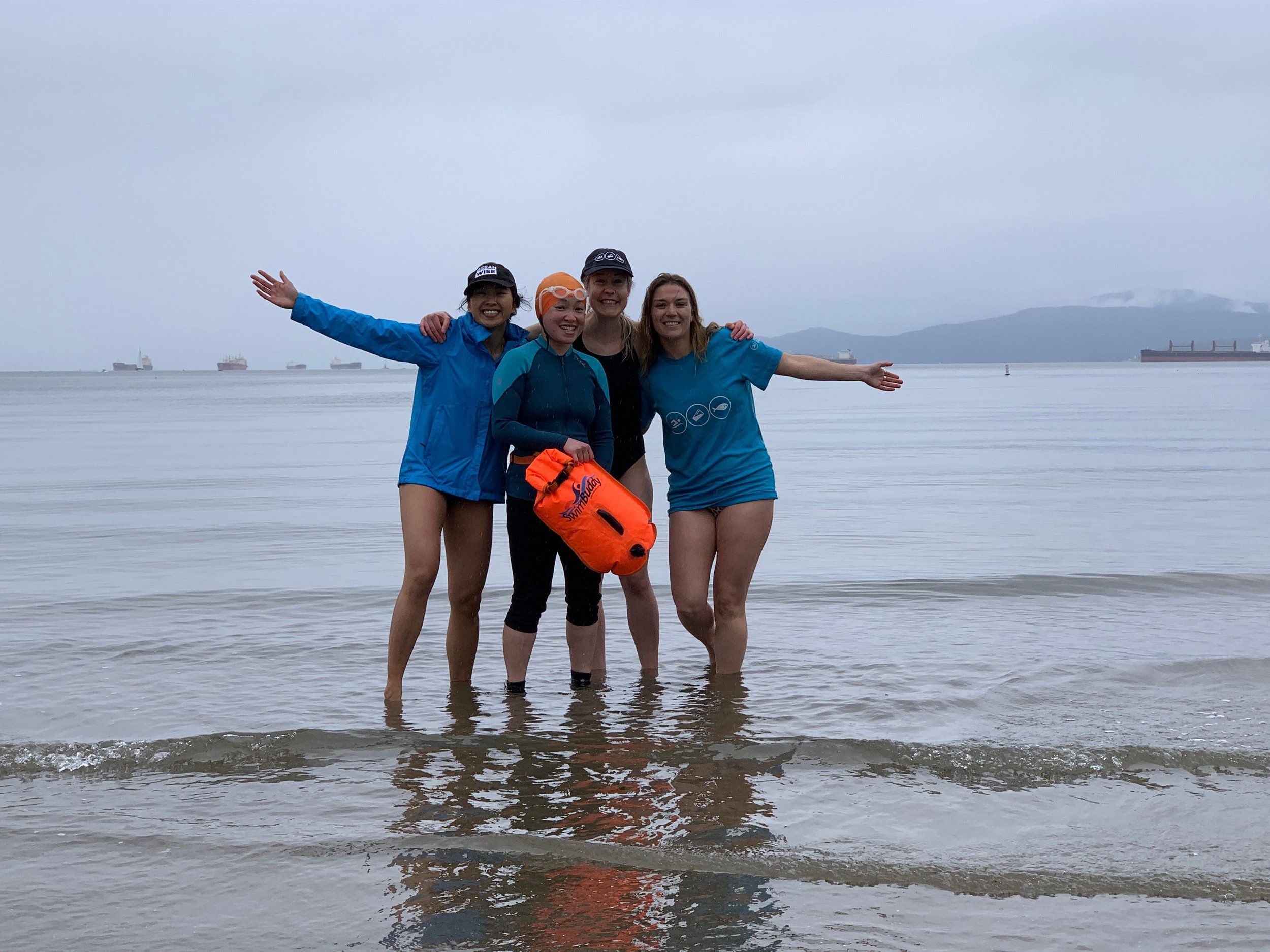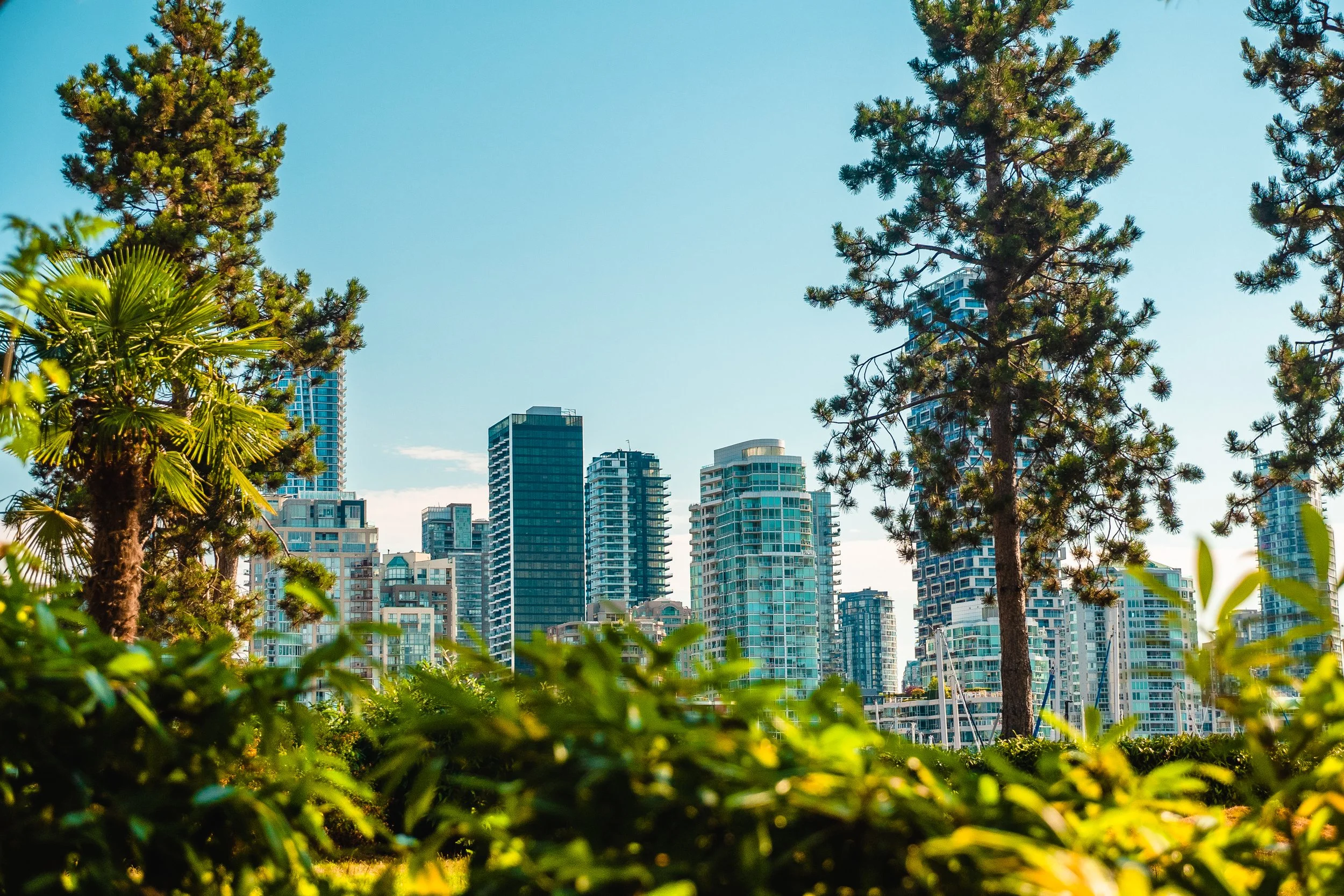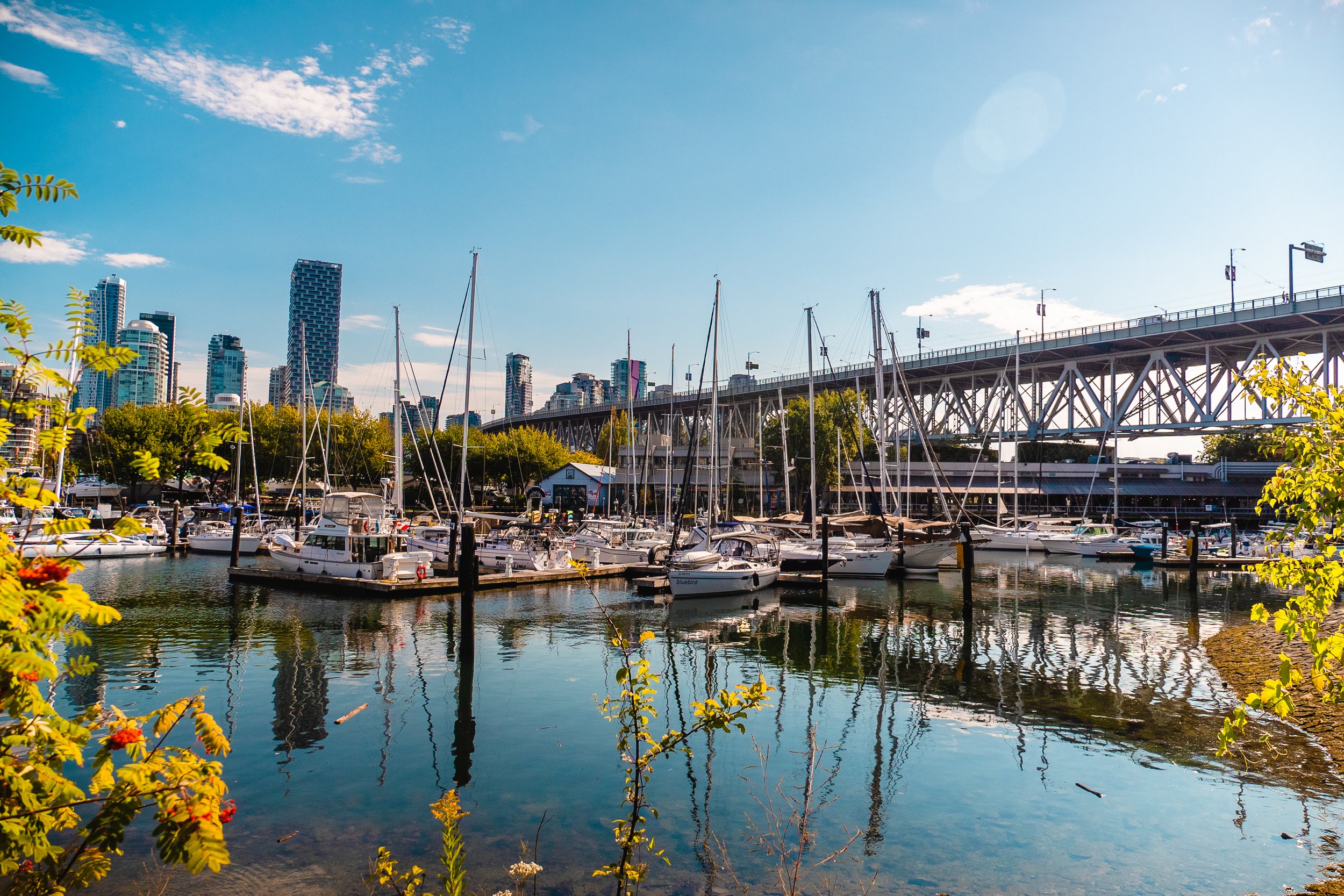
The Vancouver Hub’s Procedures and Sources
Check out below to view the guidelines, procedures, and data sharing guidelines and standards used at the Vancouver hub.
Water Quality Guidelines
The Vancouver Hub follows the British Columbia Recreational Water Quality Guidelines (MOE, 2019), which are based on the Guidelines for Canadian Recreational Water Quality (GCRWQ) (Health Canada, 2012). The guidelines states that a sample fails if the geometric mean (of a minimum of five samples) exceeds <200 E. coli/ 100mL and a single sample exceeds a concentration of <400 E. coli/ 100 mL.
Field Protocol
During field visits, staff and community scientists take a minimum of five samples at each location. The samples are taken in accordance with permissive procedures outlined in Swim Drink Fish’s Standard Operating Procedures. Water Ranger’s Data is also collected at one location per sampling site each time we sample. Staff and volunteer community scientists also adhere to IDEXX Laboratories procedures and to Health Canada’s Guidelines for Canadian Recreational Water Quality, Third Edition (2012).
Analysis in the Lab
At the lab, the samples are processed in accordance with IDEXX Laboratories procedures. Colilert, a reagent used to catalyze the growth of E. coli, is applied to the samples, then they are transferred to Quanti-Trays for incubation and subsequent analysis. Data from the environmental observation and chain of custody documentation is then immediately digitized in Swim Drink Fish’s database for storage and data sharing.
After 24 to 28 hours of incubation at 35°C, the samples are analyzed for the Most Probable Number (MPN) of E.coli and total coliform units using the Quanti-Tray/2000 system. Photos are taken of the analyzed samples for digital backups of the results, and the analyzed data is digitized in Swim Drink Fish’s database. Record-keeping ensures the integrity of water quality monitoring, thus physical and digital backup copies of all data are always stored and logged.
Where we Share our Results
FAQs
-
Swim Drink Fish collects at least 5 samples at every site, every time we monitor. We collect samples from the same location every time, following the protocols in government guidelines.
-
Just like the weather, water quality changes daily. Swim Drink Fish community monitoring hub staff test water in the same locations at least 1-2 times a week so that the results are as up-to-date as possible. Many local governments also monitor weekly.
-
Water quality changes all the time. Water that meets government guidelines one day may fail the next day. This does not mean that the old results were wrong. It just means that conditions changed.
-
Government guidelines for water quality are all based on risk assessments. Health Canada estimates that there will be 10-20 illnesses for every 1,000 people who swim in waters that meet government guidelines. That rate of 1-2% is considered an acceptable level of risk by government officials. Once bacteria levels exceed government guidelines, the risk of contracting an illness increases.
-
There are two ways that samples can "fail” to meet government guidelines.If any single sample of 100 ml of water has 400 E. coli or more, it fails to meet government guidelines;If the geometric mean of at least 5 samples collected from a recreational water area in a 30-day period has 200 E. coli or more per 100 ml of water, the site fails to meet government guidelines.This guideline comes from the Operational Approaches for Recreational
Recreational Water Guideline, 2018, issued by the Ministry of Health and Long Term Care in Ontario. It is based on the federal Canadian Recreational Water Quality Guidelines.

